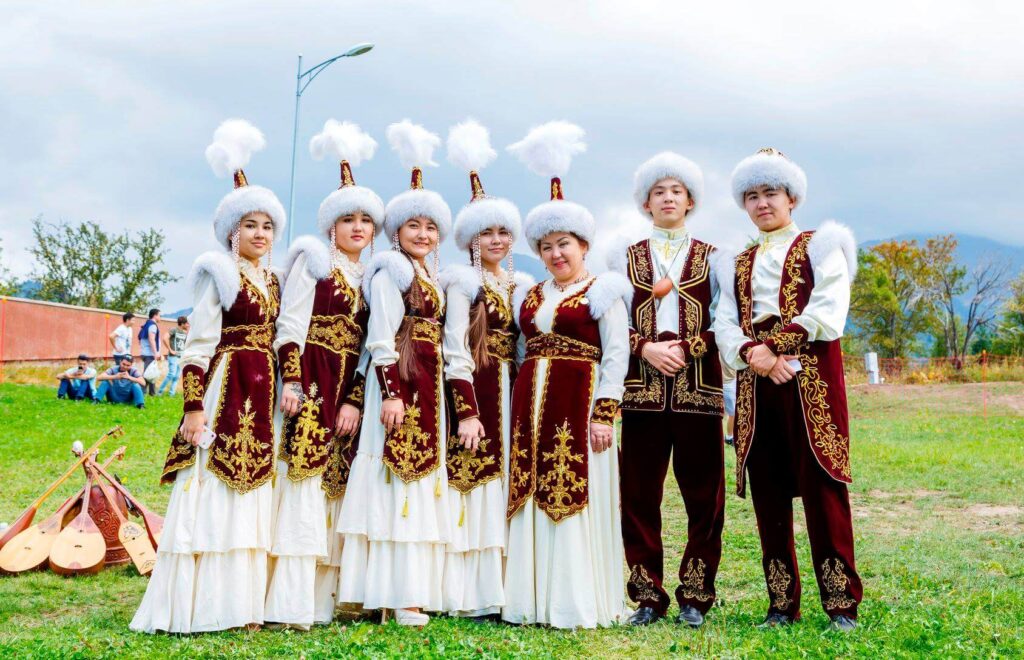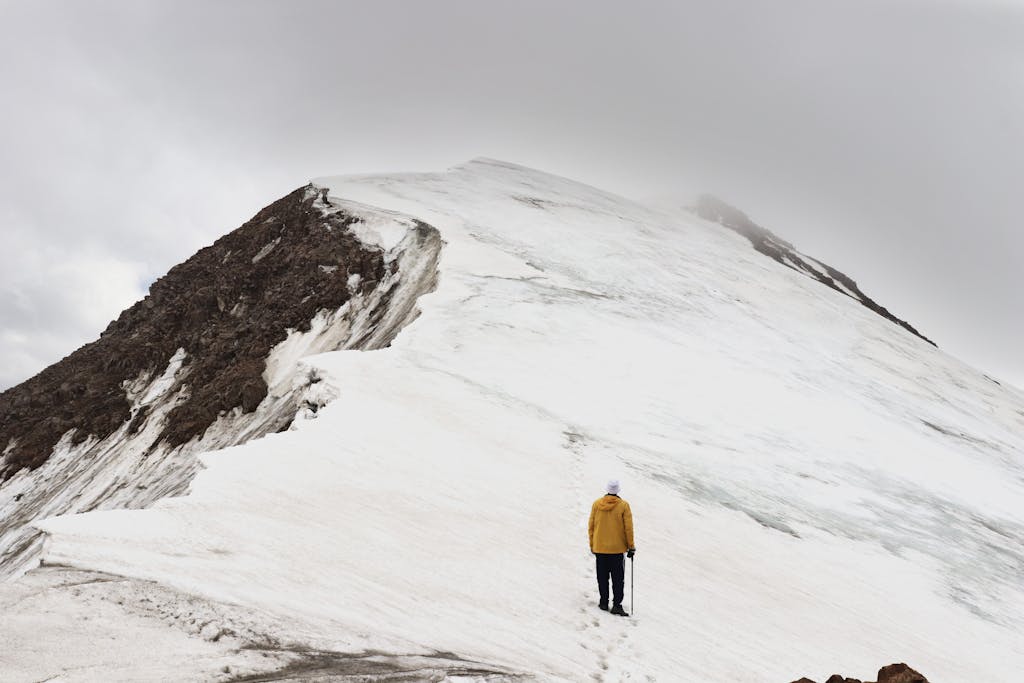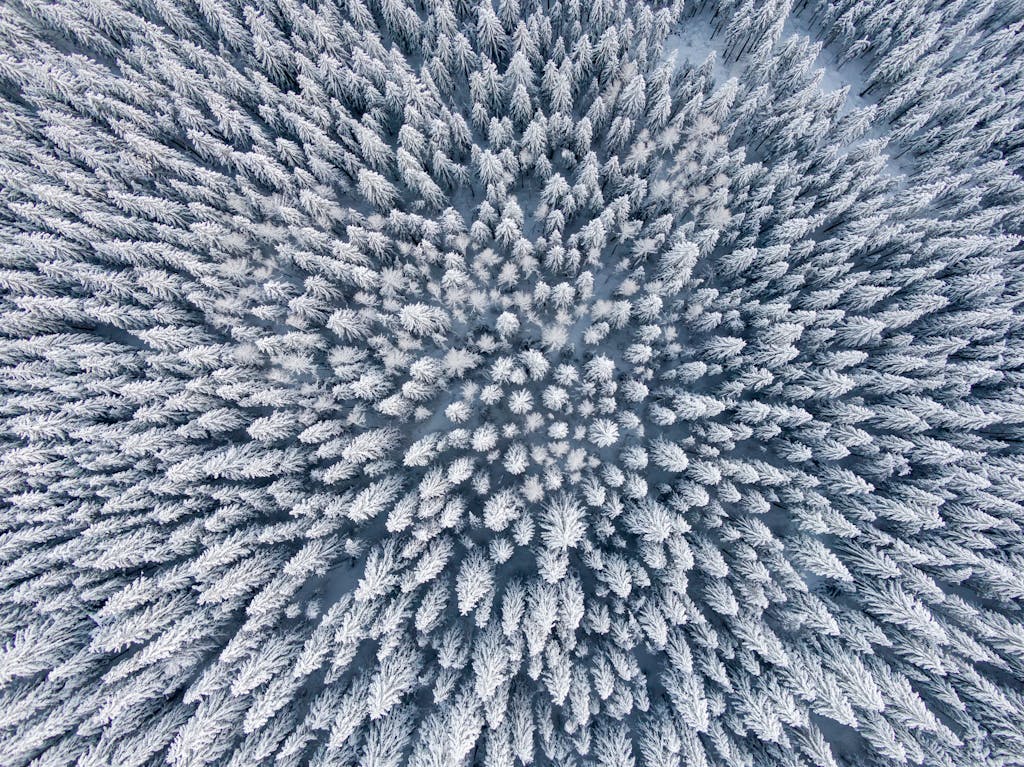The Aksu-Zhabagly Nature Reserve is the oldest nature reserve in Central Asia, located in the southern province of Kazakhstan. It covers the north-western mountain ranges of the Tian Shan and is renowned for its rich flora and fauna. The reserve is home to a diverse range of ecosystems, from steppe to upland grasslands, juniper forests and snow-capped mountains. Visitors to Aksu-Zhabagly can enjoy a range of activities including hiking, horse riding and wildlife watching. The reserve offers hiking trails, waterfalls, gorges and breathtaking scenery for nature lover..
The nature of Aksu-Zhabagly surprises and amazes travellers. The pure, intoxicating air is filled with the scent of herbs and flowers from the alpine meadows. The icy waters of mountain rivers roar in the gorges, from which you can safely drink and recharge your energy and health in these protected places where the biodiversity of southern Kazakhstan’s nature is preserved and the history of ancient times is traced.
The reserve is famous for its spring display of wild tulips, with the Greig’s tulip being the most prominent species. In addition to tulips, the reserve is home to thousands of plant species, including trees, fungi, lichens and algae. It is also home to a variety of wildlife, including snow leopards, brown bears, mountain goats, marmots and various bird species.
The climate is temperate continental. . The average temperature of the coldest month of January is -5.4C; the warmest month is August with an average air temperature of 21C. The lowest temperature is -34C and the highest is +37C. In winter 30% of the precipitation falls, in spring about 40%, in summer up to 10%, in autumn a little more than 20%. The tourist season is generally from April to October.
The Aksu-Zhabagly Nature Reserve was established in 1926 and covers an area of 85,574 hectares. The attractive landscape of the reserve is complemented by picturesque gorges (for example, the Zhabagly Gorge, the Kaskabulak Gorge with ancient rock carvings and the Aksu Gorge). Other places of interest around the reserve include Khyzyl Zhar, where Greig’s tulips bloom in season; the Shunkulduk Bay tomb; and the Kapteruya stalactite and stalagmite caves.
The mountain lakes (Kyzylzhar, Kyzylkenkol, Ainakol, Oymak, Tompak and Koksakkol) and the Aksu and Zhabagly rivers (others are Baldyberek, Silbili, Ulken, Kishi Kayyndy and Sopakkol) are also attractive places.
The flora of the Aksu-Zhabagly nature reserve includes 1,737 species of plants. There are 235 species of fungi, 64 species of lichens, 63 species of water plants and bryophytes, 1,309 species of higher plants, 215 species of compositae, 128 legumes, 116 species of cereals, 69 species of Rosaceae, 67 species of Apiaceae, 56 species of carnations, 53 species of Cruciferae, 48 species of Ranunculaceae, 34 species of lilies and many other species of importance for man and diversity.
Of the 2,682 plant species, 984 are beetles, 478 are butterflies, 422 are hemipterans, 406 are hymenopterans and 259 are dipterans. The fish fauna includes seven species, the most typical of which are the common marinka and the naked osman. In the reserve you can find 11 species of reptiles and three species of amphibians, and this is more than 70% of the standard fauna of the entire southern Kazakhstan region, for example, three species for transformation in the Red Book of Kazakhstan.
The richest diversity of the Reserve is represented by the bird fauna, which includes 247 species, of which 130 nest in the Reserve and 41 are resident. 19 species spend the winter here. 11 species are listed in the Red Book. Two species are recognised as globally endangered – the corncrake and the white-winged woodpecker.
The Aksu-Zhabagly nature reserve is one of the best places in the world for birdwatching; the Shokpak ornithological station for counting migratory birds is located here in Central Asia, where ornithologists and birdwatchers come (birdwatching is the observation of birds, one of the forms of study of wild fauna). Anyone interested in ornithology can take part in catching, studying and ringing birds.
There are bears and foxes, argali and mountain goats, roe deer and maral, lynx and snow leopards, porcupines and wild boars, stone martens and ermines, hares and badgers.
Vultures, griffon vultures, golden eagles and beards soar in the sky above Aksu-Zhabagly. Close to the perpetual snow you can find snowcocks, which are only found in high regions. You can also see multicoloured swallowtail butterflies with bright colours.
According to the latest data, 52 species of mammals are found in the reserve, which is 80% of the total theriofauna of the Western Tien Shan. 10 species of rare and endangered mammals are listed in the Red Book of Kazakhstan. Snow leopards, listed as endangered species, Menzbir’s marmot and the endangered endemic subspecies of argali deserve special conservation attention.
The Koksay mountain gorge is formed by the Koksay River, which rises from glaciers and cuts through the Zhualyn plateau as it leaves the mountains, creating bizarre rock formations. Koksay is the easternmost gorge in the Aksu-Zhabagly Nature Reserve.






